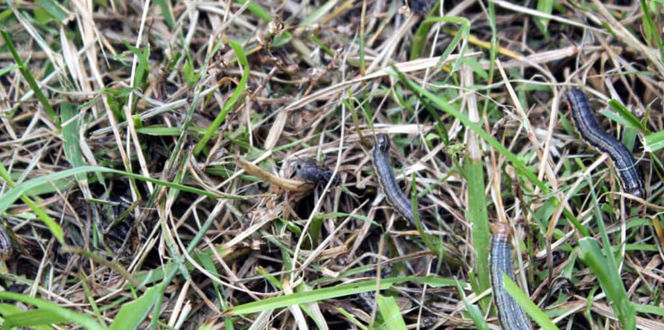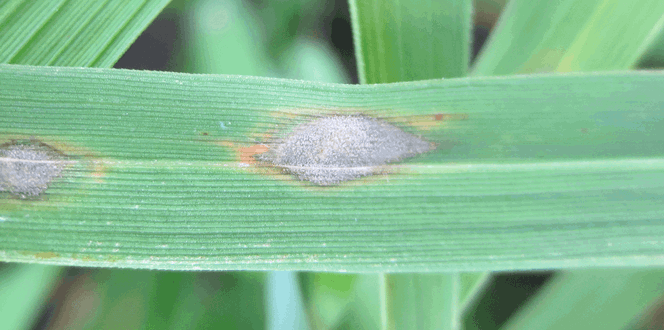Turf (Lawn) Grubs Description:
Grubs are larvae of insects such as Japanese beetles, June beetles, and other species that feed on grassroots in soil. Eggs typically hatch in mid-to-late summer about two weeks after they are laid. Grubs begin to feed as soon as they hatch and burrow down to eight inches into the soil. The grubs feed on grassroots in the spring, then change into pupae that emerge as adult beetles in the summer.
Hosts:
Most turfs are susceptible to grubs. Adult beetles of some species are commonly attracted to small shrubs and flowering plants such as roses and Japanese maple trees.
Signs & Symptoms:
Grubs are common in landscapes that have hosted beetles throughout the summer. Patches of dead grass are common indications of grubs. You may notice animals such as birds or raccoons digging in your yard, or patches of your lawn coming so loose you can peel pieces away from the soil. Your turf may also have a spongy texture before signs of decay appear.
Lawn Grub Control & Management:
Applying foliar insecticides to control adults may provide partial control. Soil applications of systemic insecticides offer a more effective control method. Avoid applications while bees and other pollinators are visiting flowering plants.





